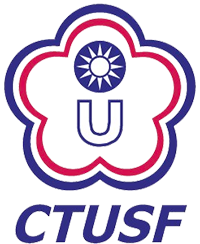Sports Research Review No. 133
Author:I -Wei Shang ; Wei-Ting Hsu
Period/Date/Page:No. 133 (2015 / 06 / 30) , P1 - 6
DOI:10.6162/SRR.2015.133.01
Teaching Strategies in Inclusive Physical Education for Amotivated Students with Disabilities
Abstract:Students with disabilities have different physical appearances and limited movement ability, which may affect their willingness to participate in sports. Relevant literature on students with disabilities who participate in sports has in the past focused mainly on reducing discrimination, encouraging acceptance, and fostering a collaborative teaching approach. This literature tended to overlook any examination of the learning motivation of such students. This article combines self-determination theory with the concept of amotivation to explore the mechanism of motivation in students with disabilities in integrated and inclusive physical education courses, and propose relevant teaching strategies. The four dimensions of amotivation include ability beliefs, effort beliefs, characteristics of the task, and value placed on the task. When students in integrated physical education courses display boredom, low attendance and low levels of participation, they are in a state of amotivation and do not gain any desired benefits from the curriculum. Based on the above four dimensions of amotivation, teaching strategies for integrated and inclusive physical education are given as follows: establish a sense of successful experiences, emphasize individual learning effort level, offer a happy learning environment, and provide positive feedback. (Full text)



